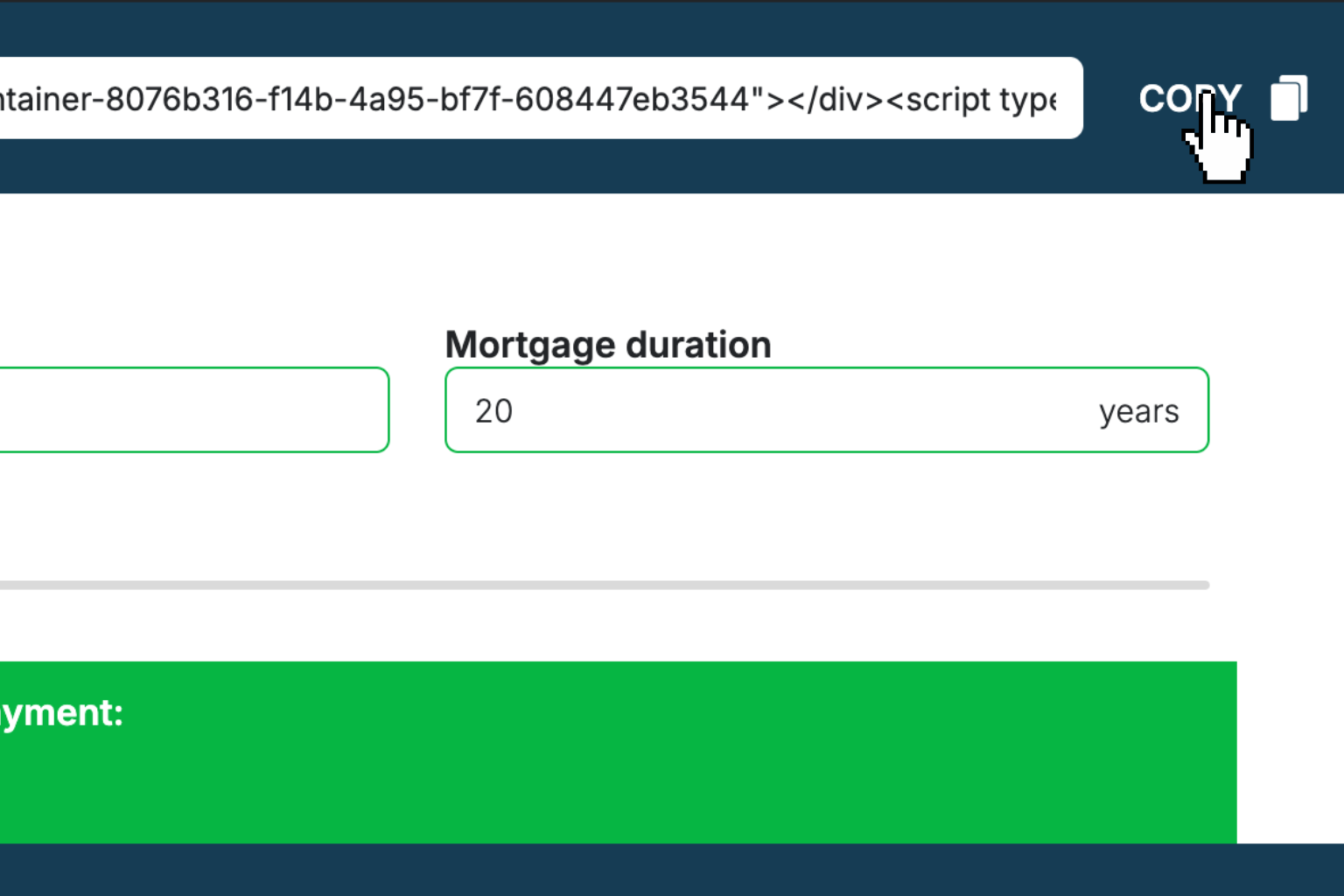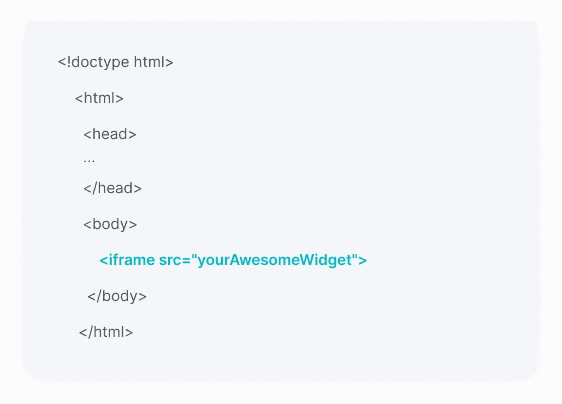Cross Price Elasticity Calculator
Quickly determine if two products compete or complement each other by measuring how demand changes when prices shift.How Cross Price Elasticity Calculator Works
Cross price elasticity measures how the demand for one product responds to price changes in another product. It's a powerful tool for understanding market relationships and competitive dynamics between goods.
The calculation compares percentage changes in demand for one product against percentage changes in price for another product. This calculator uses the arc method, which averages the initial and final values to provide more accurate results when price or quantity changes are significant.
Results greater than zero indicate substitute goods - when one product's price rises, demand for the other increases as consumers switch alternatives. Results less than zero indicate complementary goods - when one product's price rises, demand for both products typically falls since they're consumed together.
Cross Price Elasticity Calculator Formula Breakdown
Formula
Cross Price Elasticity = (Average price of both periods ÷ Average demand of both periods) × (Change in demand ÷ Change in price)
Average price = (Initial price + Final price) ÷ 2
Average demand = (Initial demand + Final demand) ÷ 2Variables Explained
- Initial price of product AThe starting price of the first product before any price change occurs. This should be the actual market price at the beginning of your analysis period, typically found in sales data, price lists, or market research reports.
- Initial demand of product BThe baseline quantity demanded of the second product before the price change in product A. This represents units sold, market share, or demand volume during the initial period, usually obtained from sales records or market data.
- Final price of product AThe new price of the first product after the price change has been implemented. This captures the market price at the end of your analysis period, reflecting any pricing strategy changes or market conditions.
- Final demand of product BThe resulting quantity demanded of the second product after the price change in product A has taken effect. This shows how consumers responded to the price change, measured in the same units as the initial demand.
Example Calculation
Given:
- Initial price of product A: $2.00
- Initial demand of product B: 400
- Final price of product A: $2.20
- Final demand of product B: 420
Calculation:
Average price = ($2.00 + $2.20) ÷ 2 = $2.10
Average demand = (400 + 420) ÷ 2 = 410
Change in price = $2.20 - $2.00 = $0.20
Change in demand = 420 - 400 = 20
Cross Price Elasticity = ($2.10 ÷ 410) × (20 ÷ $0.20) = 0.0051 × 100 = 0.51Result:
0.51Explanation
This example shows two products with a positive cross price elasticity, indicating they are substitute goods. When Product A's price increased by 10%, demand for Product B increased by about 5%, suggesting consumers switched from the more expensive Product A to Product B.
Tips for Using Cross Price Elasticity Calculator
- 💡Use data from the same time period to avoid seasonal or trend effects that could skew your results - ideally within 30-90 days for consumer goods.
- 💡Ensure you're measuring 'all else being equal' - significant external factors like competitor actions, economic changes, or marketing campaigns can distort the true price relationship.
- 💡Cross price elasticity above 0.5 or below -0.5 indicates a strong relationship, while values near zero suggest the products are largely independent in consumer minds.
Make Your Own Web Calculator in 3 Simple Steps
Create Interactive Calculator
Design your interactive calculator in under 5 minutes using our drag-and-drop builder.Preview & Generate Embed Code
Review your calculator and copy the embed script when you're satisfied with the results.Embed Calculator Into Your Website
Paste the code into your website's HTML. Works on WordPress, Shopify, Wix, and any platform.
Eugen
Creator of Creative Widgets“After 10+ years in digital marketing, I’ve built calculators that drove thousands of new leads for clients. I realized one thing: calculators convert. They're killer for CRO and great for SEO. That's why I built Creative Widgets—an easy, no-code calculator builder. ”
It's free. Try it out. You'll like it.




